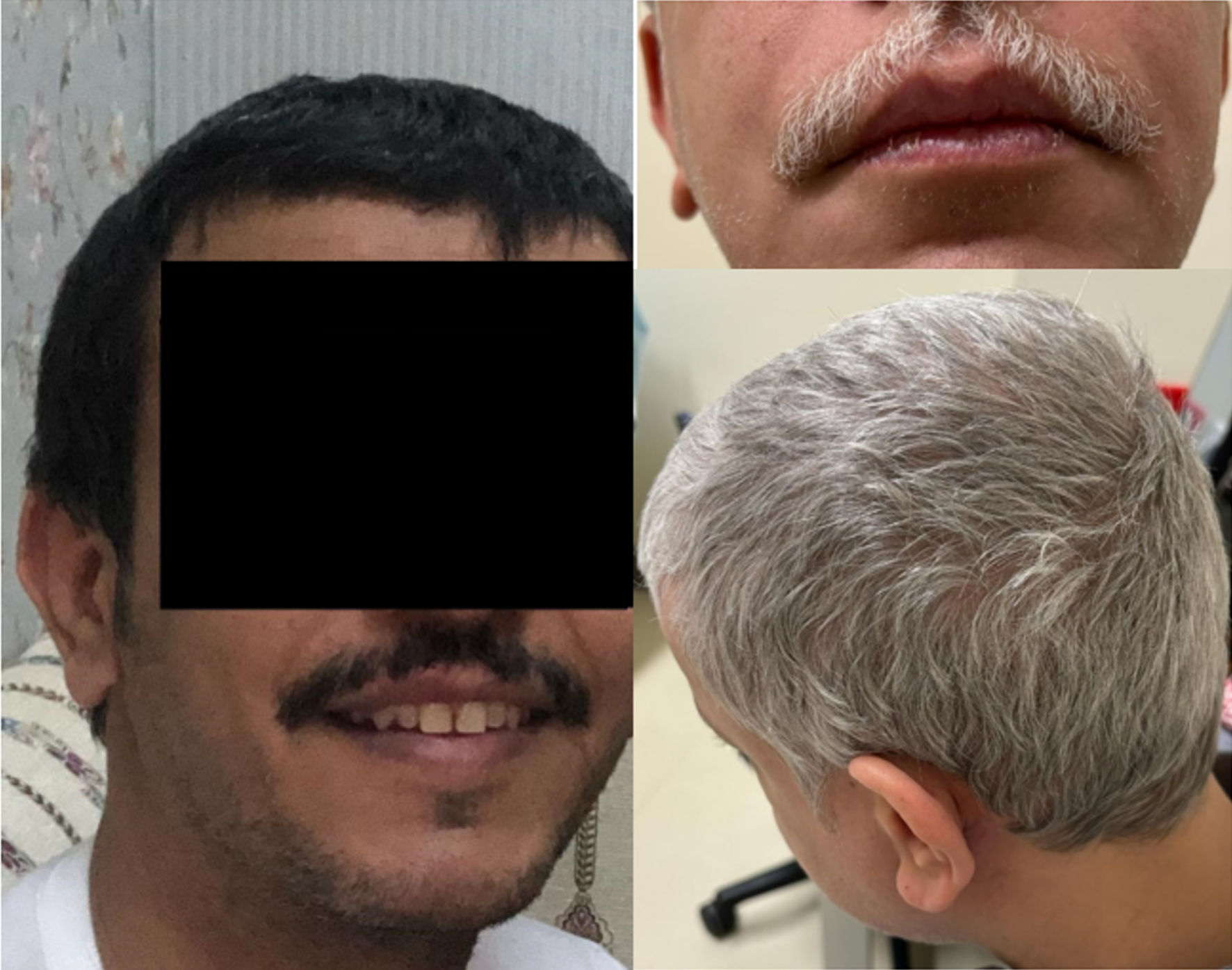| Case 1 | F | 49 | Aggressive SM | Skin rashes, dizziness, nausea, vomiting | Imatinib 300 mg | Clinical response |
| Case 2 | M | 40 | Indolent SM | Recurrent anaphylactic episodes | Avapritinib 150 mg/day | Clinical response |
| Azad et al, 2023 [25] | M | 53 | Aggressive SM | Headache, fatigue, weight loss, cognitive impairment, insomnia, exertional dyspnea, abdominal pain, bone and joint pain, diarrhea, bloody stools, and a pruritic rash localized in the torso and extremities | Failed imatinib, cladribine, nilotinib, hydroxyurea, and midostaurin | Clinical and biochemical response to avapritinib. |
| | | | | Avapritinib 200 mg/day | |
| Conde-Fernandes et al, 2017 [27] | M | 15 | Indolent SM | Recurrent flushing, hypotension, and syncope, preceded by skin lesions | Oral disodium cromoglycate | Clinical and biochemical response |
| Caceres-Nazario et al, 2016 [14] | M | 78 | Aggressive SM | Incidental discovery of normocytic anemia with thrombocytopenia | Imatinib to interferon-α | Death |
| | | | | Prednisone | |
| Savini et al, 2015 [28]a | F | 65 | Mast cell leukemia | Flushing and hypotension | Antihistamine | Death |
| | | | | Imatinib 400 mg to dasatinib 100 mg | |
| Sakane-Ishikawa et al, 2013 [26]b | F | 43 | Aggressive SM | Vertebral compression fracture, multiple lytic bone lesions with epidural mass, and eosinophils | Emergent laminectomy and subsequent irradiation of the tumor | Death |
| | | | | Interferon-α to dasatinib to cladribine | |
